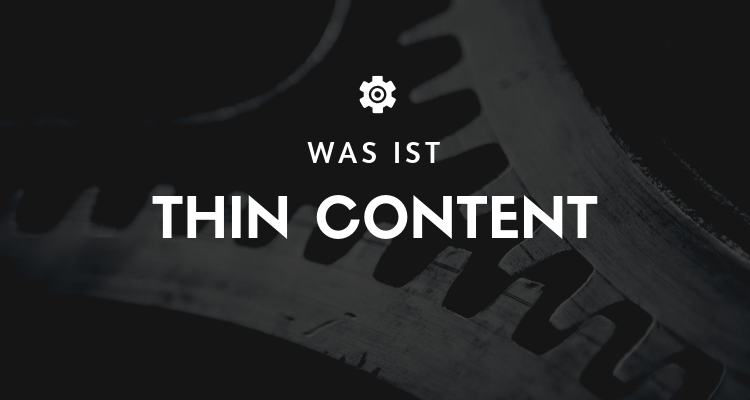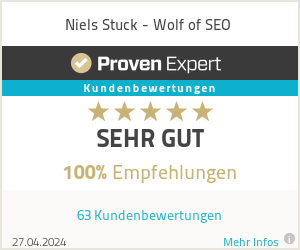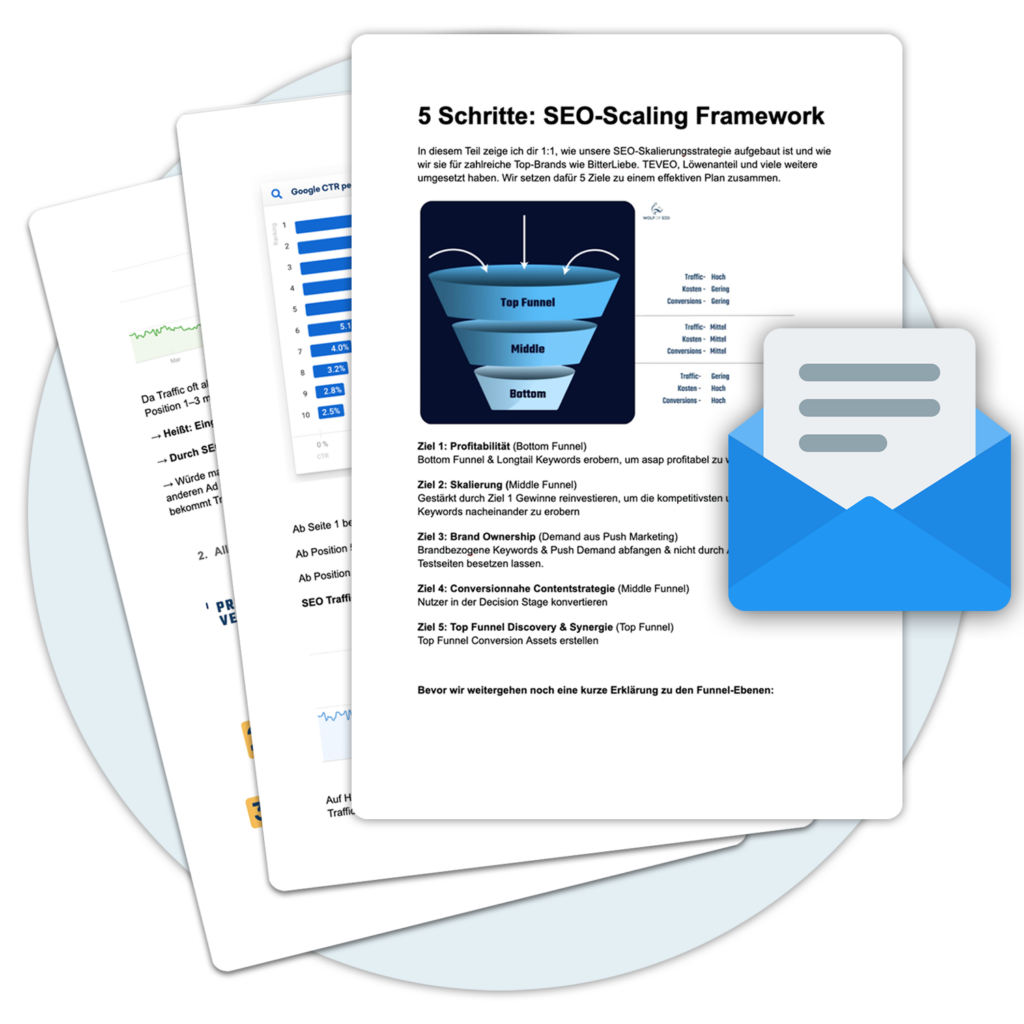What is thin content?
Dünne Inhalte können als Seiten mit geringer Qualität identifiziert werden, die für den Leser wenig oder gar keinen Wert darstellen. Beispiele für Thin Content are duplicate pages, automatically generated content or doorway pages.
The best way to measure the quality of your content is user satisfaction. If visitors quickly click away from your site, it probably doesn't provide the value they were looking for.
A good way to imagine content is to imagine it as food for search engines. The more unique content your website offers the search engines, the happier they are and the higher you are likely to rank for the keywords your content mentions on the page.
Offer little food to the search engines and you make it difficult for Google to understand what your content is about. As a result, you'll be eclipsed for your target search terms by other sites that offer more detailed, helpful, and informative content.
How can Google tell if it is thin content?
Google's Index includes more than 30 trillion pages, so it is impossible to manually convert every page to Thin Content review. While some websites are occasionally subject to manual review by Google, most content is judged algorithmically for its value.
The ultimate judge of a website's content is its audience - the readers who visit the site and actually read its content. If the content is good, they're likely to stay on the site and keep reading; if it's bad, there's a good chance they'll leave.
The length of your content is not necessarily an indicator of its "thinness". As Stephen Kenwright at Search Engine Watch explains, a 2,000-word article on EzineArticles is likely to provide less value to readers than a 500-word blog post by a real expert. However, each page of a website should ideally have 300 words or more.
One way Google can algorithmically assess the value of a website's content is by using a metric called "time to long click". A long click is when a user clicks on a search result and stays on the website for a long time before returning to Google's search page.
Think about how you browse a website when you discover quality content. If a blog post or article is particularly engaging, you don't just read for a minute or two - you click through and look at other content on the site.
A short click, on the other hand, is when a user clicks on a search result and almost immediately returns to Google's search results page. From here, they can click on another result and tell Google that the first result didn't provide much value.
Avoiding thin content means stable rankings!
One of the biggest advantages of SEO is stability. During the Traffic of a PPC campaign can fluctuate due to competition, the amount of Traffic (and sales) that a first-place search ranking can produce, consistently and reliably, as long as your site is up to par.
When you use Thin Content you can avoid the impact of Google's constant Panda algorithm updates. In fact, if your website has high-quality, engaging content, its Ranking improve when Google rolls out its next update aimed at penalizing thin websites.
« Back to Glossary Index






